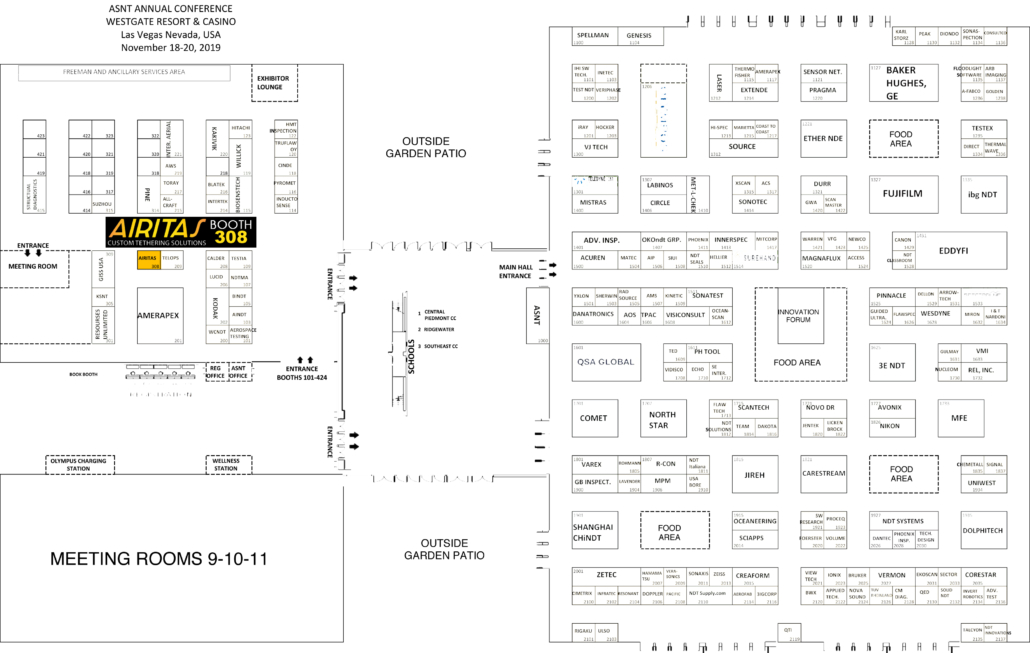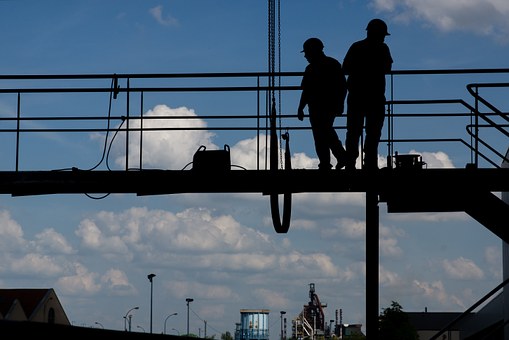Tool tethering policy is a set of safety rules that you apply in work at height areas. This is where you require all workers, including yourself, to use tool tethering devices when working at height.
Tool tethering is securing or attaching handheld tools to workers or specific anchor points around the workplace. It involves the use of fall-arrest tethers, lanyards, and other accessories. These tethers prevent tools from falling on people or objects when dropped below.
There are four main reasons why you need an effective tool tethering policy in your workplace. Read about them below.
Implementing an Effective Tool Tethering Policy
Tool tethering minimizes the dangers related to falling objects.
There are always risks associated with working at height. This job involves the use of portable yet heavy tools that are potentially dangerous when dropped from a height.
The danger is not only limited to workers. It can stretch to unknowing bystanders, nearby mechanical equipment, and breakable structures. Depending on the distance and weight of the object, falling tools can cause injuries (or fatalities) and structural damage.
Hammers, in particular, are one of the most straightforward tools used in works at height. However, it is also one of the most dangerous objects to drop from a height. If it falls on someone’s head, it can cause serious head injury, or worse, death.
With the use of appropriate tethers, tools won’t fall on someone or something when dropped. That is why a tool tethering policy is crucial in works at height.
Tool tethering is required by regulation.
Occupational Safety and Health Administration (OSHA) requires work at height companies to have a tool tethering policy in place.
According to the Bureau of Labor Statistics, more than 50,000 cases of falling objects-related injuries are reported to OSHA every year. That is why tool tethering is strictly required and regulated by OSHA to help reduce the number of such cases.
By regulation, OSHA requires that:
- Work tools and materials must be secured to prevent them from falling on people below.
- Hazardous areas must be barricaded to prevent people from falling off those areas.
- Warning signs must be posted where necessary to inform people about the hazards.
- Toeboards and protective screens must be placed around guard rails and scaffolds. These can stop or arrest dropped objects or materials when they fall.
- Debris nets, canopies, and catch platforms must be placed around the area. These help to deflect or stop debris and materials from falling on people.
If companies fail to enforce tool tethering policies in their workplaces, OSHA can cite them under the “General Duty Clause.” That’s why some companies are very strict with their tool tethering policies and even fire workers who disobey and drop tools.
Tool tethering minimizes the costs associated with injuries and damages caused by falling tools.
Inflicting physical injuries and damages not only causes trouble for the affected people. It can likewise cost the company a lot of money. Compensation for injuries and damages can range from hundreds to thousands of dollars per victim.
By making sure that your workers comply with your tool tethering policy, you can minimize incidents of falling tools. Thus, you also reduce the chances of causing injury or damage to others that require compensation.
Tool tethering helps you keep your people and reputation safe.
Your workers’ outlook can affect your company’s reputation.
If you keep your workers safe by tethering tools, your workers will know that you care about them. This encourages positive thoughts about your company. However, if you don’t prioritize safety in the workplace, workers will complain and affect your company in a negative way.
By enforcing a tool tethering policy, you encourage a safer working environment that your workers will like. And when workers like you, the public (and OSHA) also will.
How to Ensure an Effective Tool Tethering Policy
The biggest challenge in enforcing a tool tethering policy is how to keep it effective. There are specific issues that can make your policies ineffective, such as negligence and improper use of tool tethers.
To maintain an effective tethering policy, everyone must follow these safety guidelines:
- Workers themselves should ensure that protective barriers are placed where needed.
- Workers should practice the proper use of tethering devices and inspect them regularly before use.
- Workers should take extra care in using tools and disposing materials from a height.
- Workers must avoid placing unsecured tools against nearby structures or over barricaded areas.
The effectiveness of a tool tethering policy, therefore, starts with the people involved. By training workers in proper tool tethering, you can promote a safer workplace for everyone.







